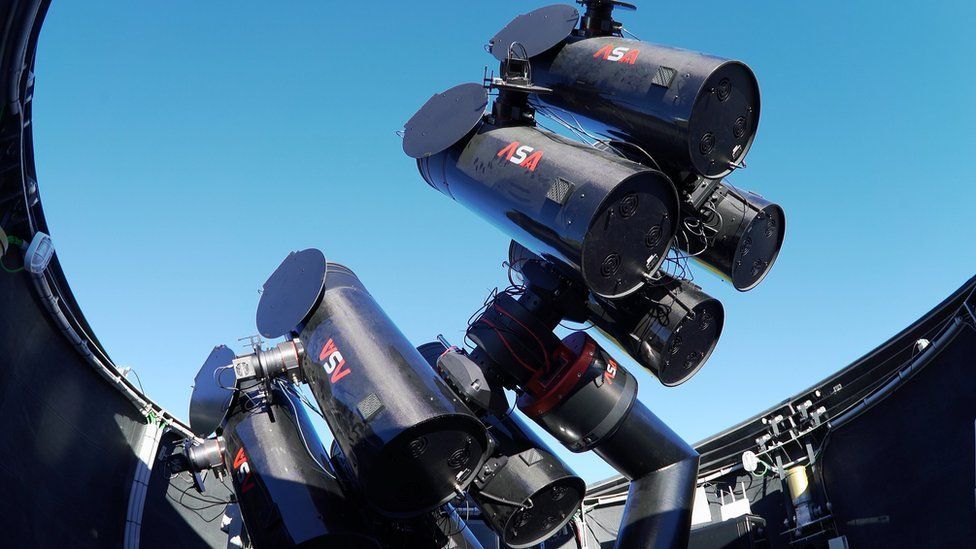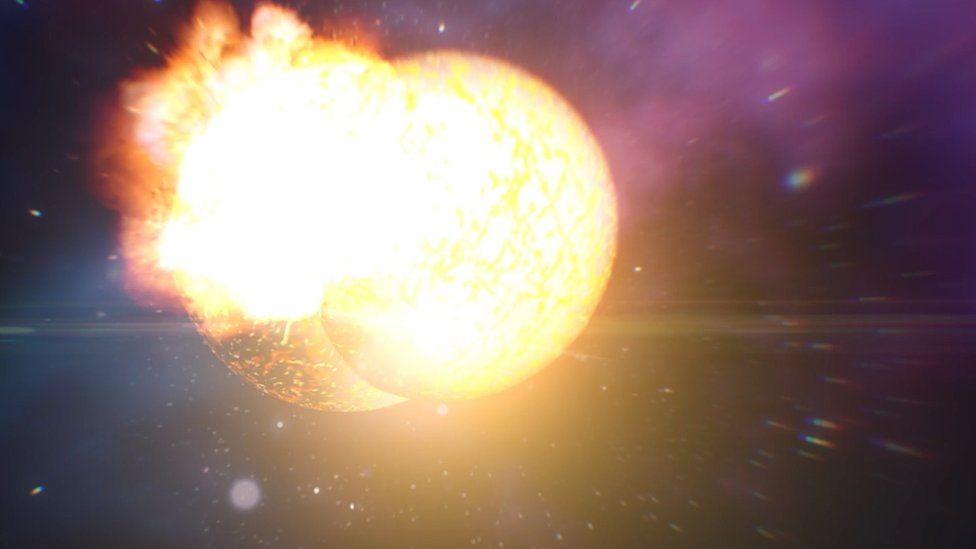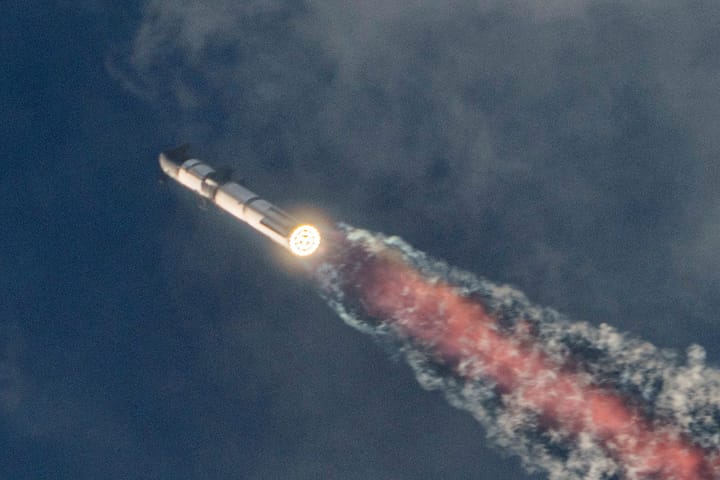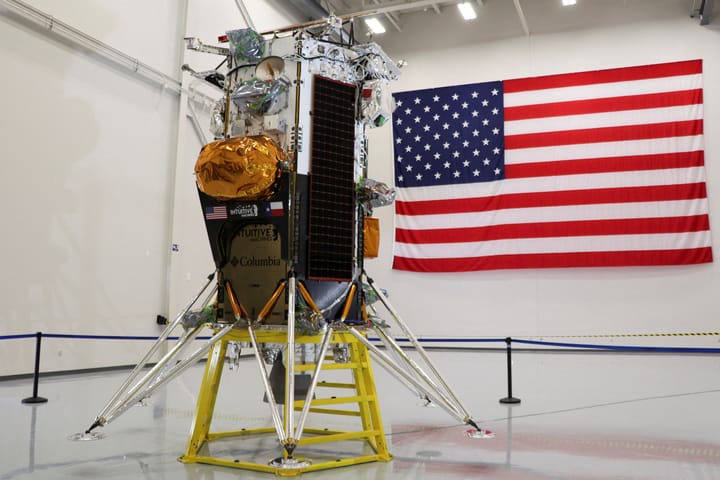A new telescope will tell us about the collision of neutron stars

A few minutes every morning is all you need.
Stay up to date on the world's Headlines and Human Stories. It's fun, it's factual, it's fluff-free.
When a star reaches the end of its life, it turns into a neutron star, collapsing in on itself and crushing the atoms that made it emit light before. These neutron stars are incredibly heavy (one teaspoon of its matter weighs about four billion tons), and eventually, two of them crash into each other because of the strong pull of their gravity. When this neutron star collision happens, there’s a huge flash of light, a strong gravitational wave gets shot out, and the building blocks of planets like our own are created.
And with a new telescope, we might be able to learn a lot more about these collisions. See, when the gravitational wave that gets shot out is detected, scientists at the Gravitational Wave Optical Transient Observer (GOTO) in Spain know that they should be on the lookout for a neutron star collision. So they start filtering through all the noise to find it, essentially taking a picture of the night sky and getting rid of any speck that was there the previous night.
Once they’ve found the collision, they turn all the available telescopes towards it because there’s a limited amount of time – usually only days – where they can actually observe that explosion.

This kind of approach to finding events is relatively new, explained Dr. Kendall Ackley, GOTO’s instrumentation scientist, saying that the old model of astronomy mostly involved being lucky enough to point a telescope at the right place at the right time. “Now we’re not hoping for new discoveries anymore. Instead, we’re being told where to find them, and getting to uncover, piece-by-piece what lies out there in the Universe."




Comments ()